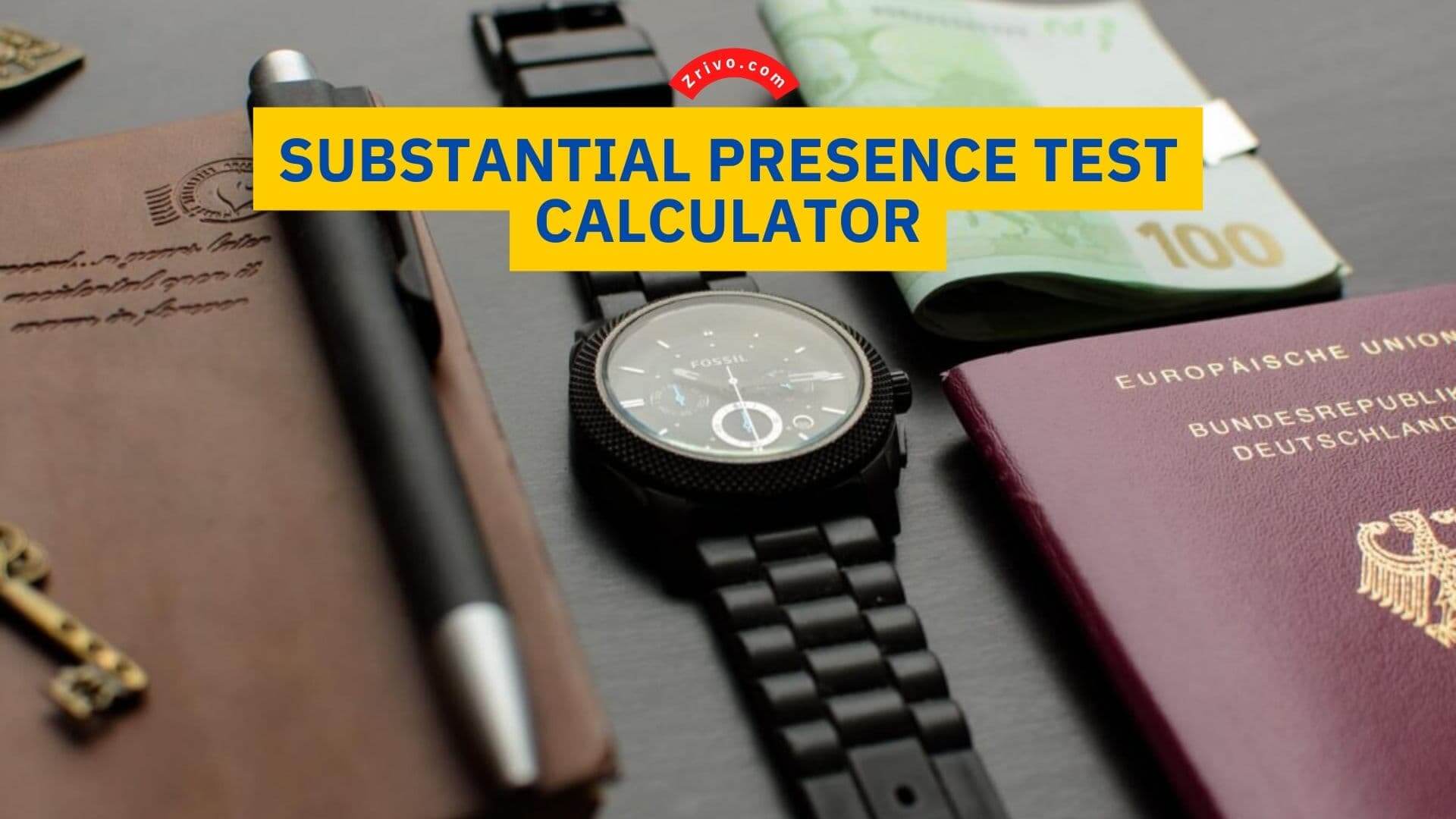
The substantial presence test requires a person to be physically present in the U.S. for 183 days a year. This includes the days they are in the country and the days they are traveling or living abroad. In addition, a person must have lived in the U.S. for at least 120 days in the last two calendar years.
A significant amount of the information required to calculate the substantial presence test is available on the IRS website. However, you should consult a tax advisor if you have questions about the substantial presence test.
How is The Substantial Presence Test Calculated?
The substantial presence test is a mathematical calculation that counts the number of days an individual is physically present in the U.S. To qualify for this rule, an individual must have been in the country for a minimum of 183 days during three years. However, certain categories of individuals are exempt from the test, such as students on F-1 or J-1 immigration status or teachers on temporary visas.
An individual who does not qualify for the exemptions above but meets the 183-day threshold may still be considered a U.S. resident for tax purposes. However, this may not be the case if they are present in the U.S. for less than 183 days in a calendar year.
The substantial presence test is a US tax residency calculator and a great way to determine whether you will be a resident or non-resident for tax purposes. If you are not a U.S. citizen or a lawful permanent resident, you may be subject to taxes based on how many days you have lived in the United States during the past three years. If you are a foreign worker or are on a student visa, you may also have to pay taxes. Working with a professional tax advisor is important to help you reduce your tax liability.